The Tasmanian tiger is to Australia what the Sasquatch is to North America—a creature often seen by deluded amateurs but never actually seen in captivity. The difference, of course, is that Sasquatch is a complete myth, while the Tasmanian tiger is a real marsupial that only became extinct about a hundred years ago.

1. It’s not a real tiger
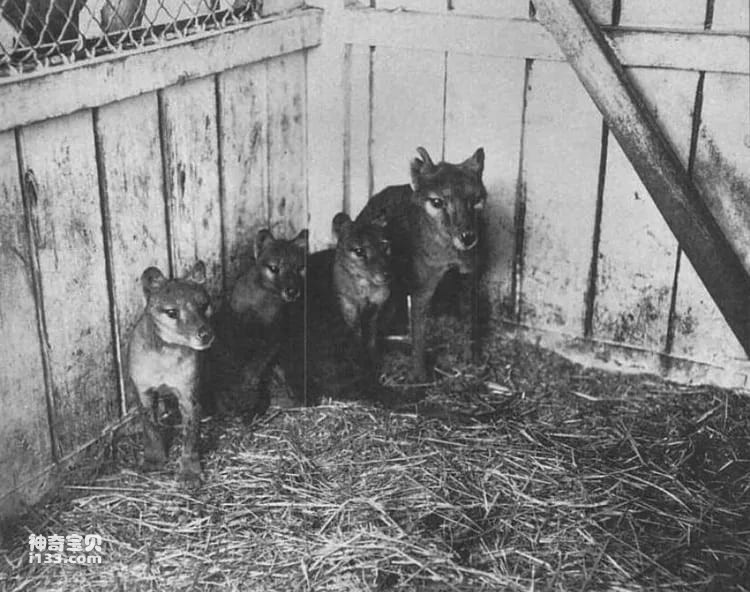
Thylacine and three cubs, Hobart Zoo, 1909
The Tasmanian tiger is named for its distinctive tiger-like stripes on its lower back and tail, which more closely resembles a hyena than a big cat. Although this "tiger" is a marsupial with a typical marsupial pouch in which the female carries her cubs, it is more closely related to wombats, koalas and kangaroos. Another common nickname is the Tasmanian wolf, which makes more sense given the animal's resemblance to large dogs.
2. It is also called the thylacine
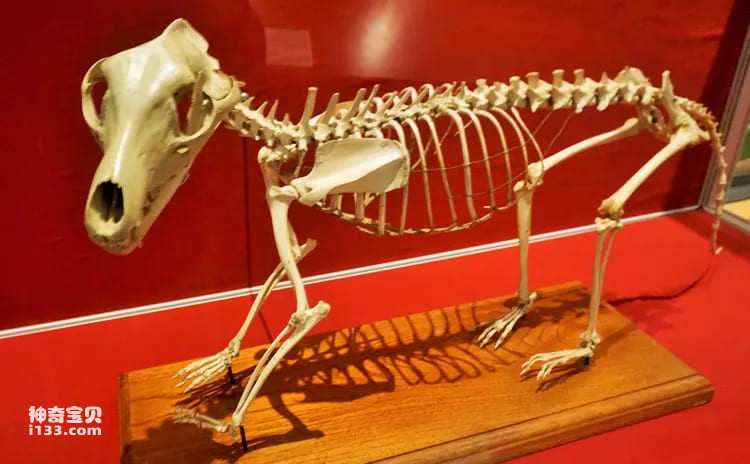
National Museum of Australia Thylacine Skeleton
If "Tasmanian tiger" is a deceptive name, what should we do? This extinct predator's genus and species names are Thylacinus cynocephalus (literally Greek for "dog-headed, marsupial mammal"), but naturalists and paleontologists often refer to it as the thylacine . If the word sounds vaguely familiar, that's because it contains one of the roots of Thylacoleo, a saber-toothed tiger-like predator that disappeared from Australia about 40,000 years ago.
3. It became extinct in the mid-20th century
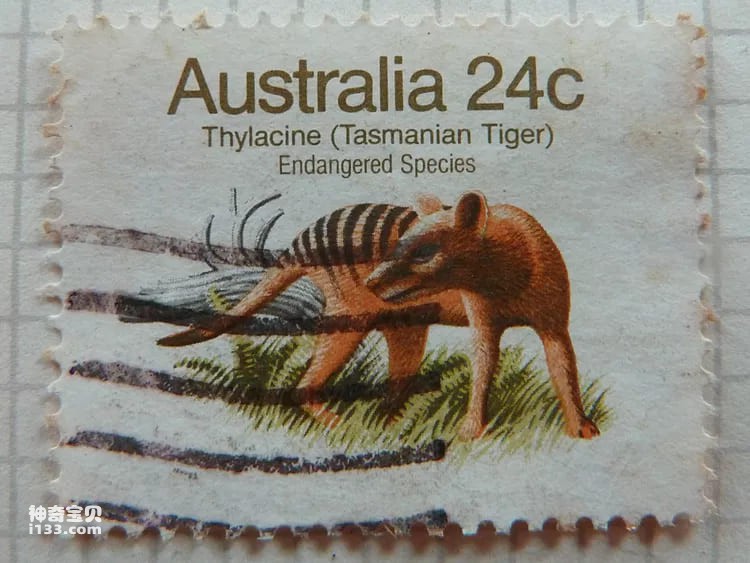
Thylacine stamp
Australia's thylacine population declined rapidly about 2,000 years ago due to pressure from indigenous human settlers. The last holdouts of the breed lived on the island of Tasmania off the coast of Australia until the late 19th century, when the Tasmanian government placed a bounty on thylacines because of their preference for eating sheep, which were the local economy. lifeblood. The last Tasmanian tiger died in captivity in 1936, but it is still possible to eradicate the breed from extinction by recovering fragments of its DNA.
4. Both males and females have pouches
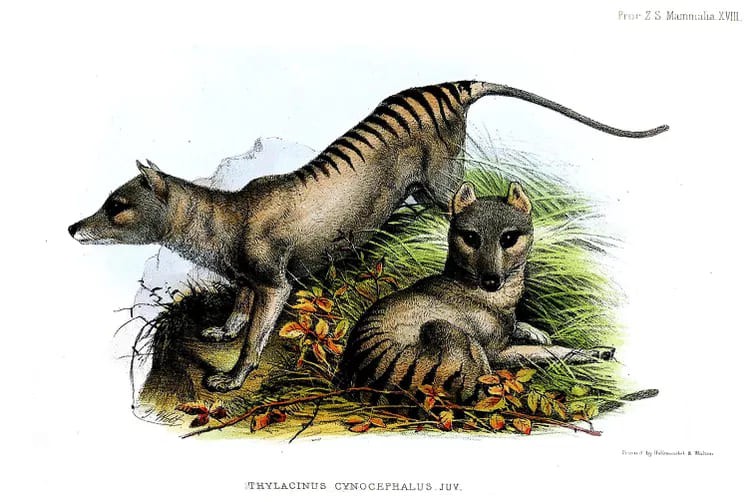
tasmanian tiger
Among most marsupials, only females possess pouches, which they use to incubate and protect premature young (as opposed to placental mammals, which give birth to fetuses in the womb). Oddly enough, male Tasmanian tigers also have pouches that cover their testicles when the situation calls for it - presumably when it's freezing outside, or when they compete with other male thylacines for the right to mate with a female.
5. They sometimes jump like kangaroos
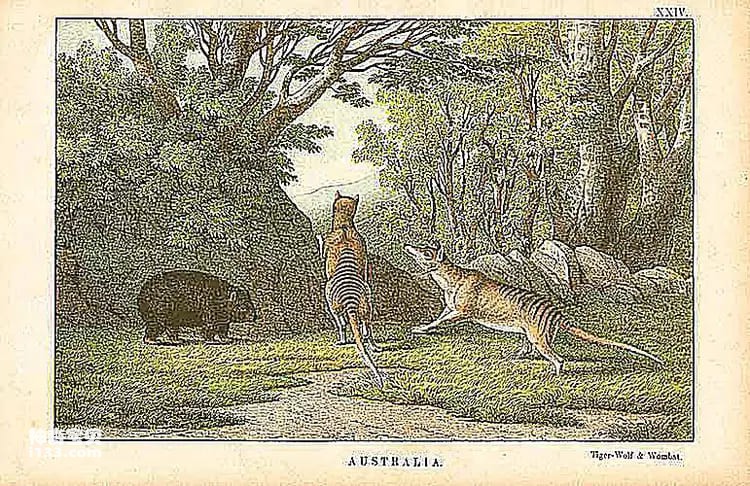
Artwork depicting the Tasmanian Tiger
Although Tasmanian tigers look like dogs, they don't walk or run like modern canines, and they certainly aren't suitable for domestication. When thylacines are frightened, they will jump briefly and nervously on their two hind legs, and witnesses have testified that they move stiffly and awkwardly at high speeds, unlike wolves or big cats. Presumably this lack of coordination did not play a role when Tasmanian farmers hunted ruthlessly, or their imported dogs chased thylacines.
6. Typical example of convergent evolution
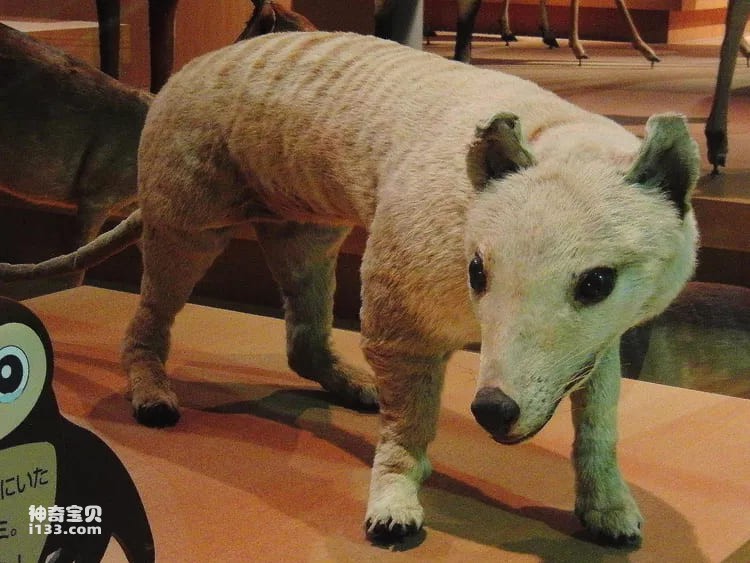
Thylacine specimen
Animals occupying similar ecological niches tend to evolve the same general characteristics; witness the similarities between ancient long-necked sauropods and modern long-necked giraffes. Although not technically a canine, the Tasmanian tiger plays the role of "dingo" in Australia, Tasmania, and New Guinea—so much so that even today, studies Personnel also often have difficulty distinguishing between a dog skull and a thylacine skull.
7. It may hunt at night

Tasmanian tiger in captivity
Thousands of years ago, when the first Aboriginal humans encountered the Tasmanian tiger, thylacine numbers were already in decline. So we don't know whether Tasmanian tigers hunt at night as a matter of course, as European settlers noted at the time, or whether they were forced to rapidly adopt a nocturnal lifestyle due to centuries of human intrusion. In any case, it would be much harder for European farmers to find thylacines eating sheep in the middle of the night, let alone shoot them.
8. Its bite force is surprisingly weak
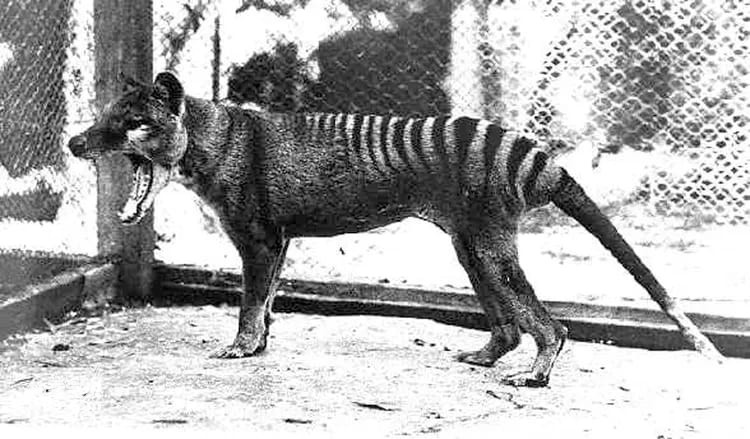
The last female Tasmanian tiger to be captured before extinction.
Until recently, paleontologists speculated that the Tasmanian tiger was a social animal capable of hunting cooperatively to capture larger prey, such as the SUV-sized giant wombat, which weighed more than two tons. However, a recent study suggests that the thylacine's jaws are relatively weak compared to other predators, making it unable to prey on animals larger than wallabies and small ostriches.
9. The closest living relative is the banded anteater.
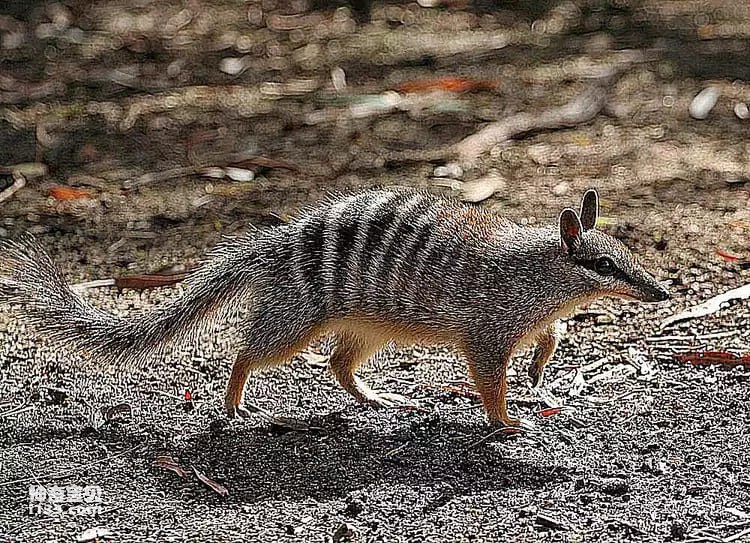
The numbat is the closest living relative of the Tasmanian tiger.
Australia's marsupial ancestors were dizzyingly diverse during the Pleistocene, so disentangling the evolutionary relationships of any particular genus or species can be a challenge. It was once thought that the Tasmanian tiger was closely related to the living Tasmanian devil, but now there is evidence that the Tasmanian tiger is closely related to the nupilla, a smaller and less exotic animal. have a closer kinship.
10. Some people insist that Tasmanian tigers still exist
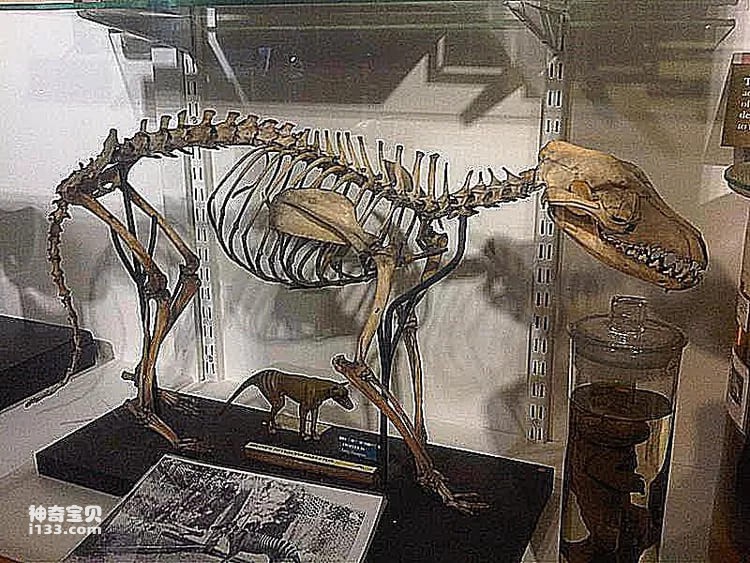
Grant Museum of Zoology
Given that the last Tasmanian tiger died in 1936, it's reasonable to speculate that scattered adult tigers roamed Australia and Tasmania in the mid to late 20th century, but any sightings since then are just wishful thinking the result of. In 1983, the somewhat eccentric American media tycoon Ted Turner offered a bounty of US$100,000 for a live thylacine. In 2005, an Australian news magazine increased the reward to US$1.25 million. No one has come forward to acquire them yet, which is a good indication that the Tasmanian tiger is truly extinct.
animal tags:
We created this article in conjunction with AI technology, then made sure it was fact-checked and edited by a Animals Top editor.